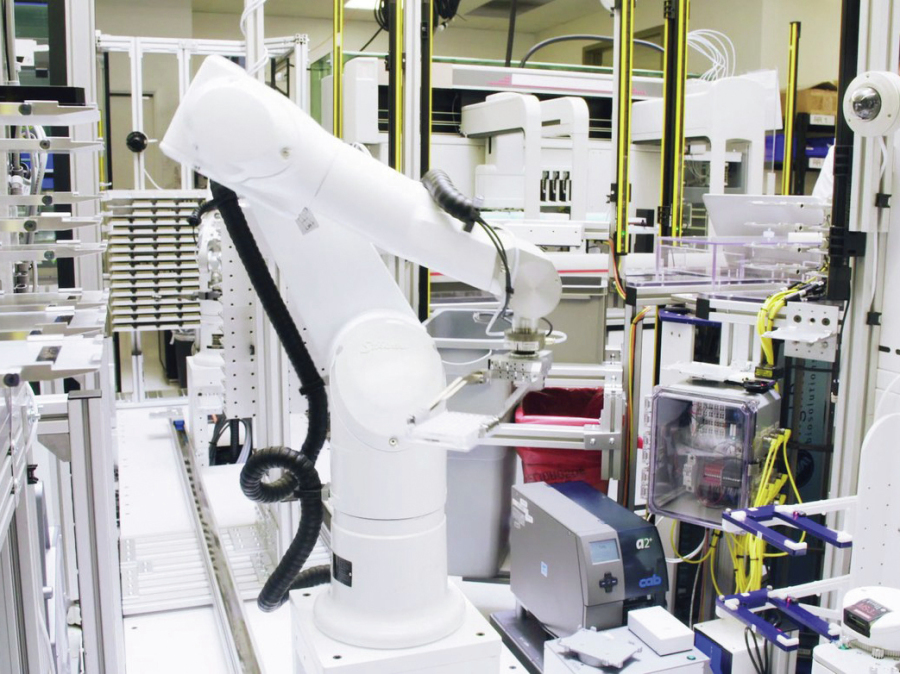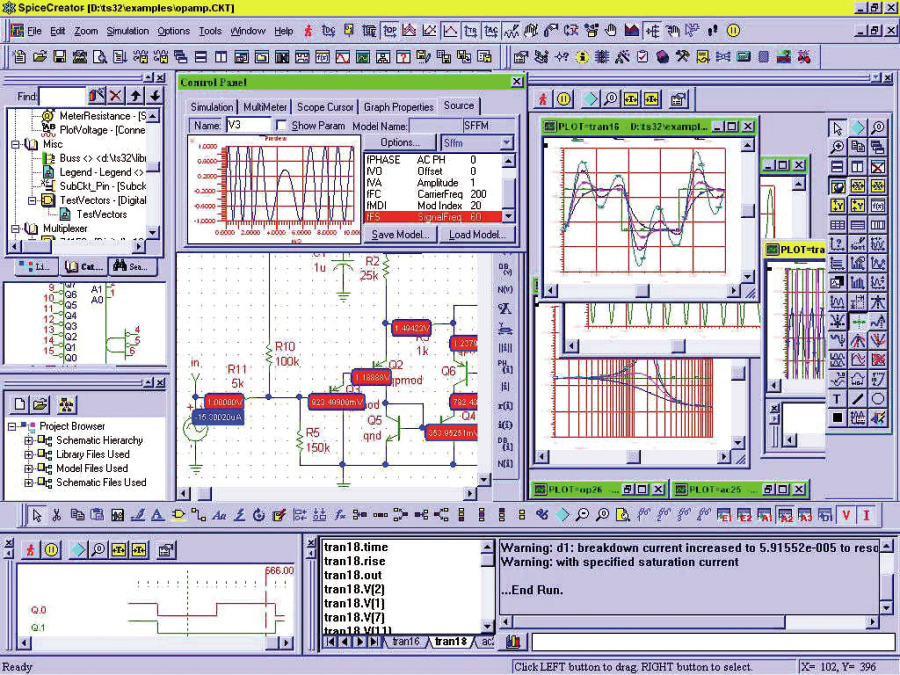Who we are
Asimov is a young company focused on the introduction of advance automatization and robotization into traditional activities. Company´s activity mainly develops on forestry, wood, agriculture and industrial transformation of natural resources.
Asimov assumes design, construction and installation of innovative processes and technologies in order to improve the competitiveness of traditional productive schemas. Main technologies used by the company are: collaborative robots, laser technology, remote controlled systems, expert systems, etc.
The capacities of Asimov have grown throughout the experience of their staff who usually collaborate with European Universities, Spin-offs and most relevant Technological Centres. Considering this, the regional government officially recognized the company as Technology Based Initiative in 2015.
Find more information about the company at easimov.es
Why at Woodnat
WOODNAT offered Asimov a challenge: handing veneer bundles in a more efficient way than humans do. Handling veneer bundles means handling flexible objects, with different dimensions. Doing it better than humans means no failures and high speed of manipulation.
In order to deal with that challenge, at WOODNAT project Asimov will integrate innovative technologies including fast gripping systems, artificial vision and interactive mechatronics. Doing it, the company expects to be one-step further to serve the needs of industry.
The results of Asimov work at WOODNAT project will make possible the competitive transformation of small logs. This possibility means more profitable industrial processes and new possibilities for forest owners.
Where we go
At WOODNAT project, Asimov is committed to make possible transforming small logs by means of an ultra-effective handling system. Small logs mean marrow boards and narrow veneers. Moreover, the manipulation of small pieces means higher costs as the volume processed in any iteration is smaller.
Meanwhile, small logs are a great opportunity for both producers and transformers. The first ones see small logs as a short-term economical return; while the second ones look at them as an affordable resource.
Making feasible the use of small logs will push local industry making easier and more competitive both the provisioning and transformation. By means of this, the impact of the technical solution to the challenge will be positive for the local industry as well as for the local producers in rural areas.




